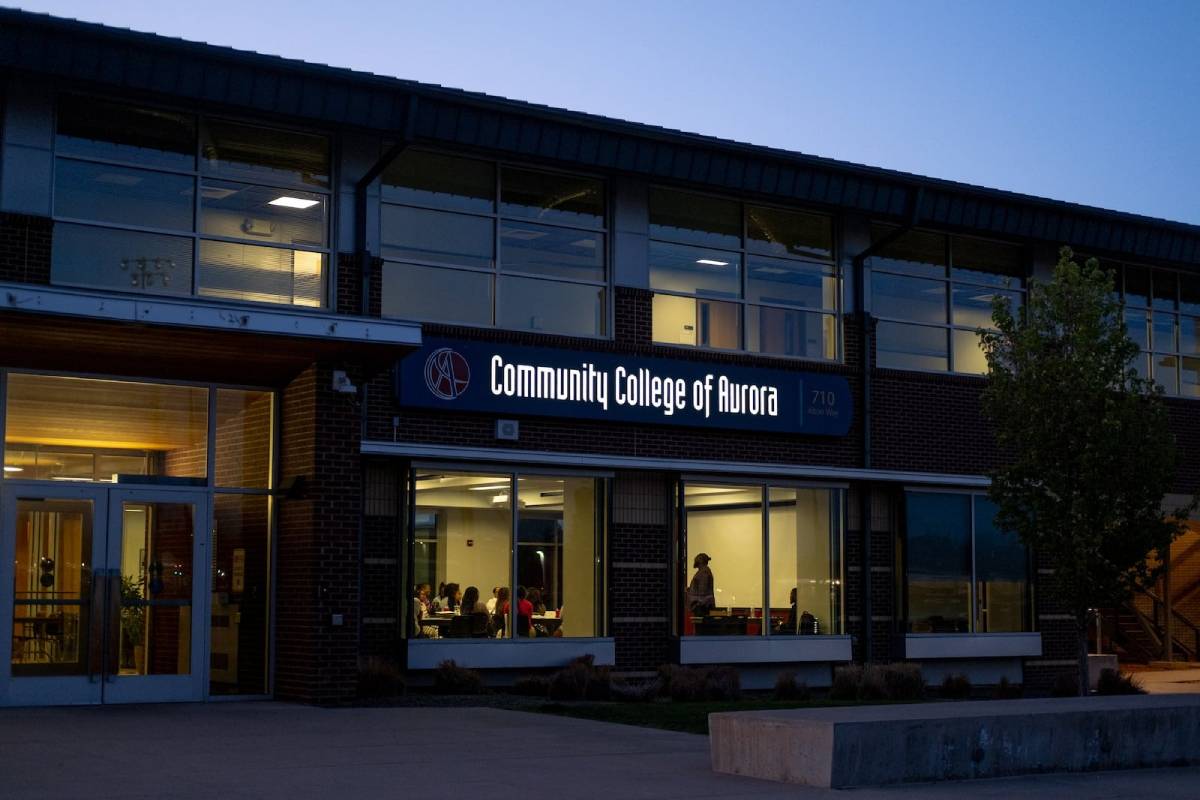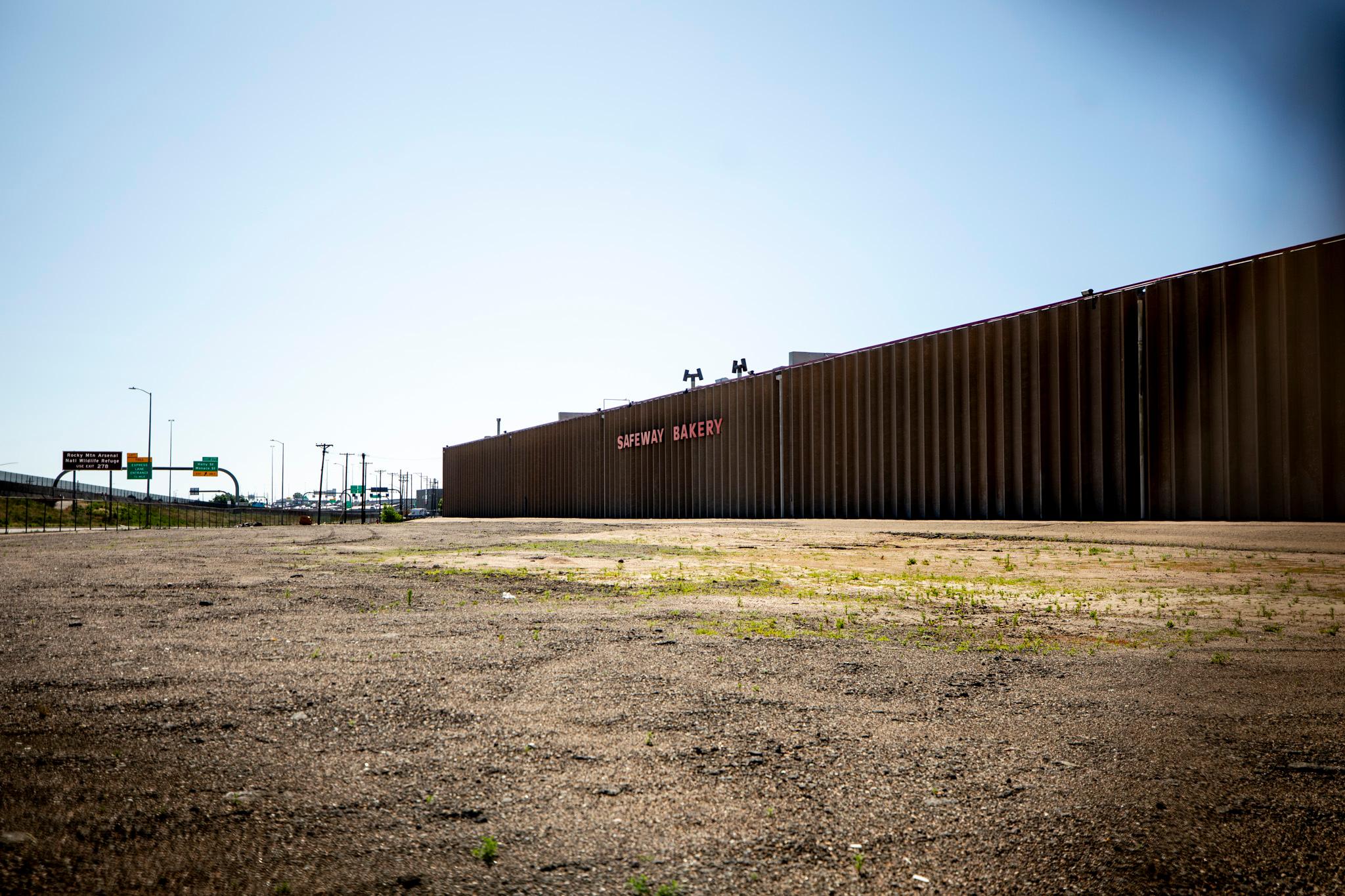The Philippines and the United States have reached a rare meeting of the minds: Both are enthralled that church bells seized by the U.S. have been returned to the Philippines after 117 years.
President Rodrigo Duterte, unaccustomed to lauding the U.S., took pains Saturday to call the repatriation of the iconic artifacts "a generous act" by the Americans. For their part, U.S. officials stopped short of an apology, but have acknowledged that it was "time to do the right thing," in the words of John Law, the deputy chief of mission for the U.S. embassy in the Philippines.
The small central Philippines town of Balangiga swelled with dignitaries, citizens, and emotions at the homecoming of their historic bells Saturday.
The last time the bells tolled in Balangiga, the U.S. was the colonial power in the town. Local fighters, who chafed under American occupation, had used the bells to signal an attack on their U.S. occupiers. The uprising turned out to be the bloodiest defeat of Americans in the Philippine-American war.
Retaliation orders rang out. "Kill and burn," American soldiers were told, and from the charred Catholic Church of Saint Lawrence the Martyr, the bells were seized as spoils of war.
At Saturday's ceremony, Duterte pulled a rope that rang the smallest of the three bells arrayed in an outdoor auditorium that overflowed with military officials, U.S. veterans, citizens and clergy.
Long at loggerheads with the Catholic Church in the Philippines, Duterte was much more diplomatic at the ceremony, outstretching a hand to bishops, archbishops and the apostolic nuncio, who were all on hand for the ceremony.
Duterte has stoutly demanded that the Americans return the bells, reminding his countrymen of the role the U.S. played as colonizer. But there was no trace of hostility at the ceremony, no caustic remarks, only gratitude and graciousness.
"The bells are returned," Duterte said. "The credit goes to the American people and the Filipino people. Period."
Archbishop of the U.S. military services, Timothy Broglio, said the bells are a sign of solidarity between the two countries.
"It's also restoration of this property to the Church so that these bells can exercise the function for which they were first made, which is to call people to worship."
Law, from the U.S. embassy, said that all other bells from U.S. conflicts had been returned, except for Balangiga's — an anomaly he acknowledged was wrong. Returning them, Law said, "restored to a friend and ally an important symbol of national independence, an important symbol of the country's faith." He said their return closes a "painful chapter."
The repatriation of the bells removes a point of contention between the two countries that could ease the way for better cooperation at a time when there is much riding on closer relations. Under Duterte, Manila has moved closer to China and away from its historic treaty ally, the U.S.
Dennis Wright, a former navy captain who has worked to get the bell returned, said that the holding of them for over a century violated the norms that govern war booty dating back to the Civil War. Under those norms, private property taken during wartime must have a purpose in prosecuting the war. When the war is over, the booty is supposed to be returned.
The people of Balangiga came out in droves to witness the return of the bells. Among those gathered was Terencia Dunninghaus, 63, a descendant of those who had battled the Americans a century ago.
"I'd like to cry, I'm so happy," she said. "How many years of waiting? It's already one century, but at long last the bells [have] come home."
For Dunninghaus, the bells symbolize all the ancestors who died in the struggle to make the Philippines free.
As if on cue, the ceremony ended and the sky was suddenly awash with flights of birds, diving and circling the town square. The birds nest in the town's mahogany trees, one elderly gentleman said. "Those are the spirits of the dead," he said.
9(MDEyMDcxNjYwMDEzNzc2MTQzNDNiY2I3ZA004))








